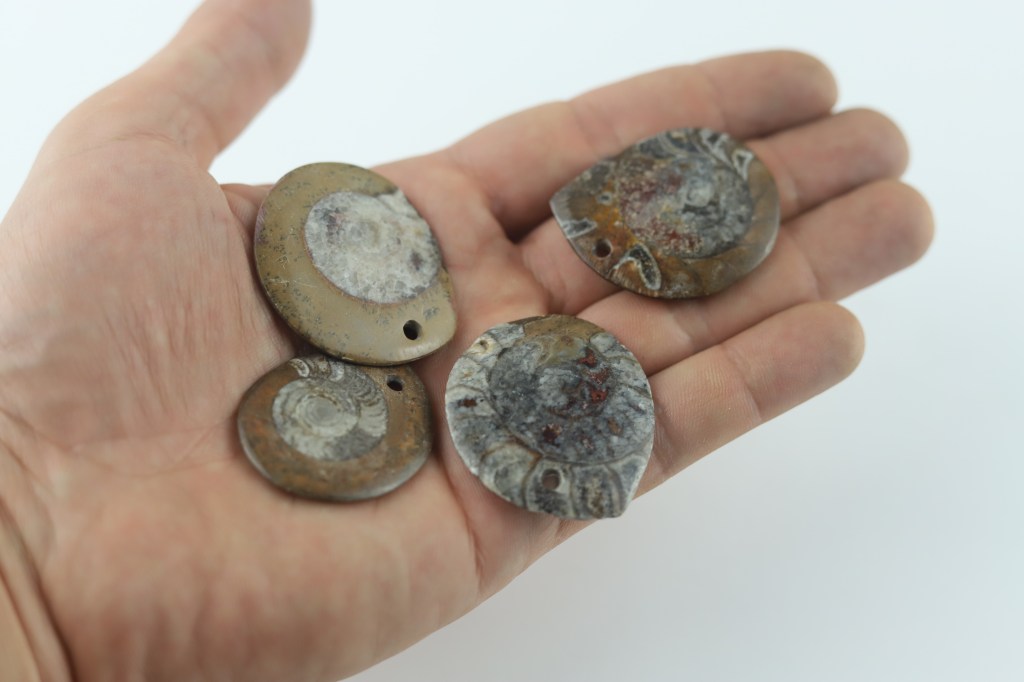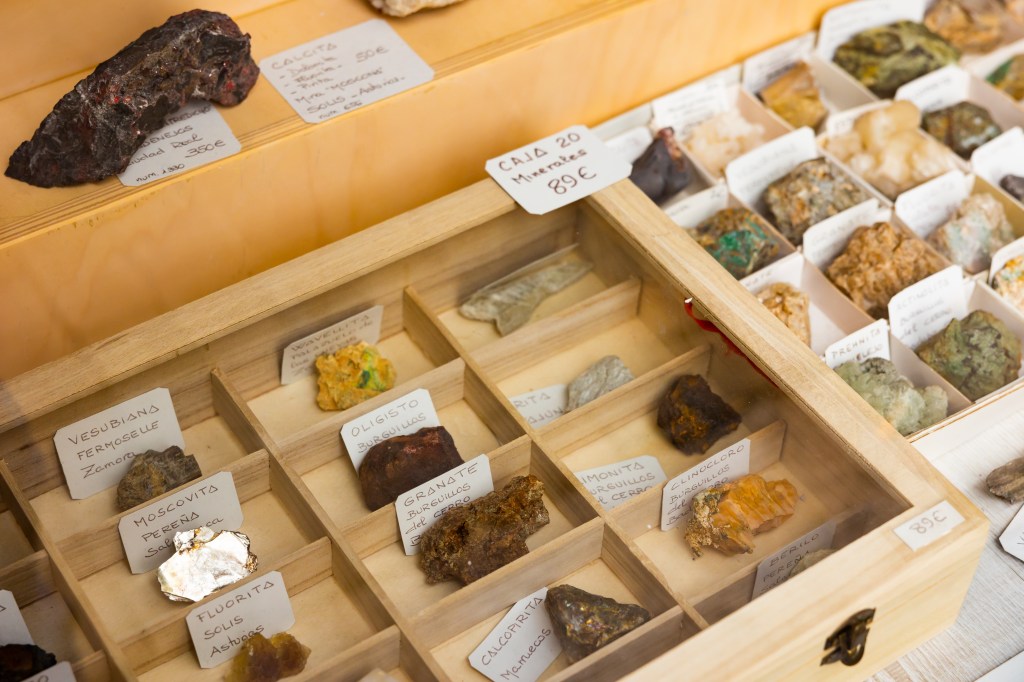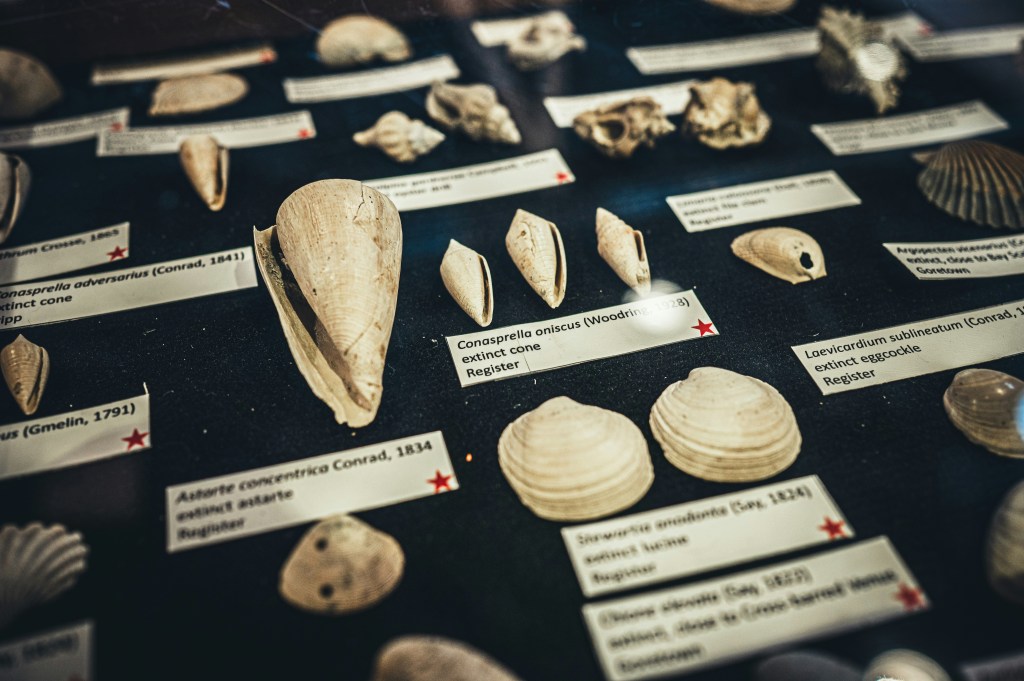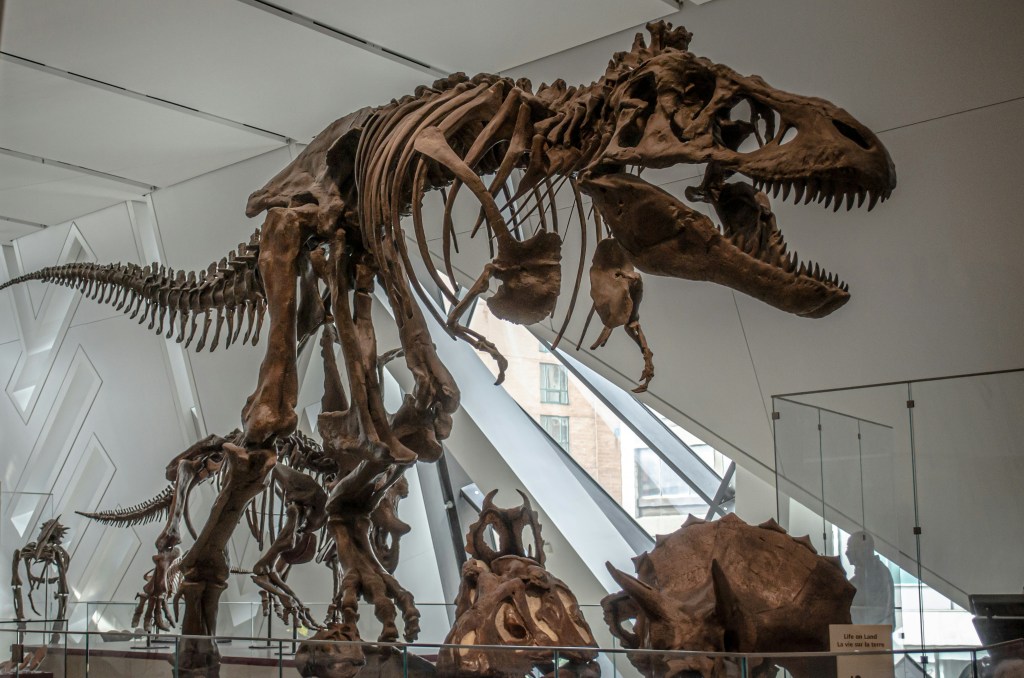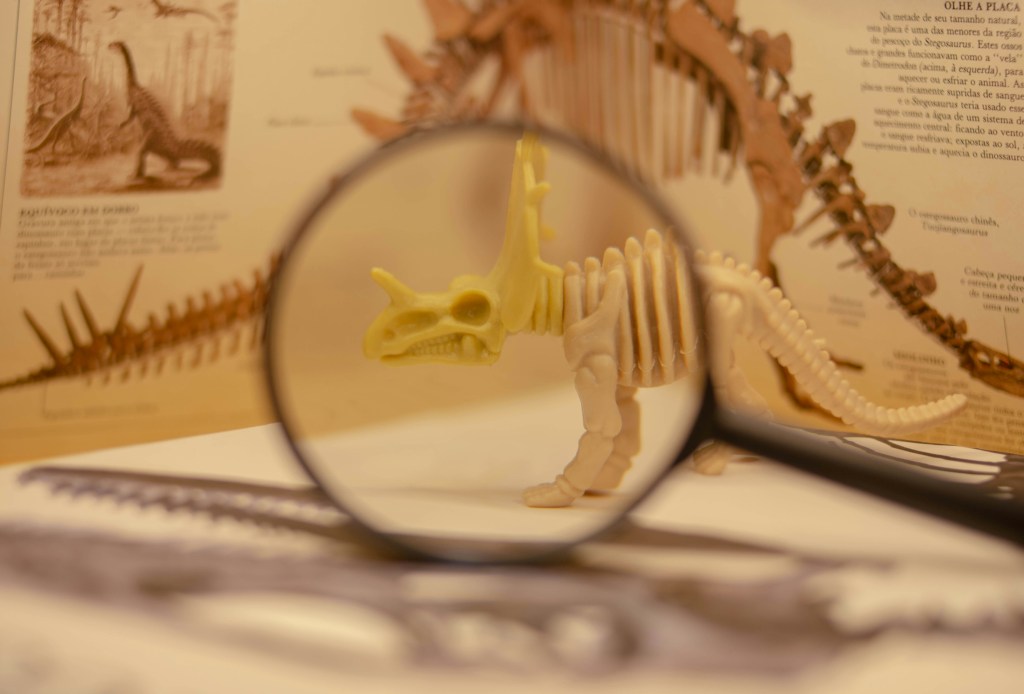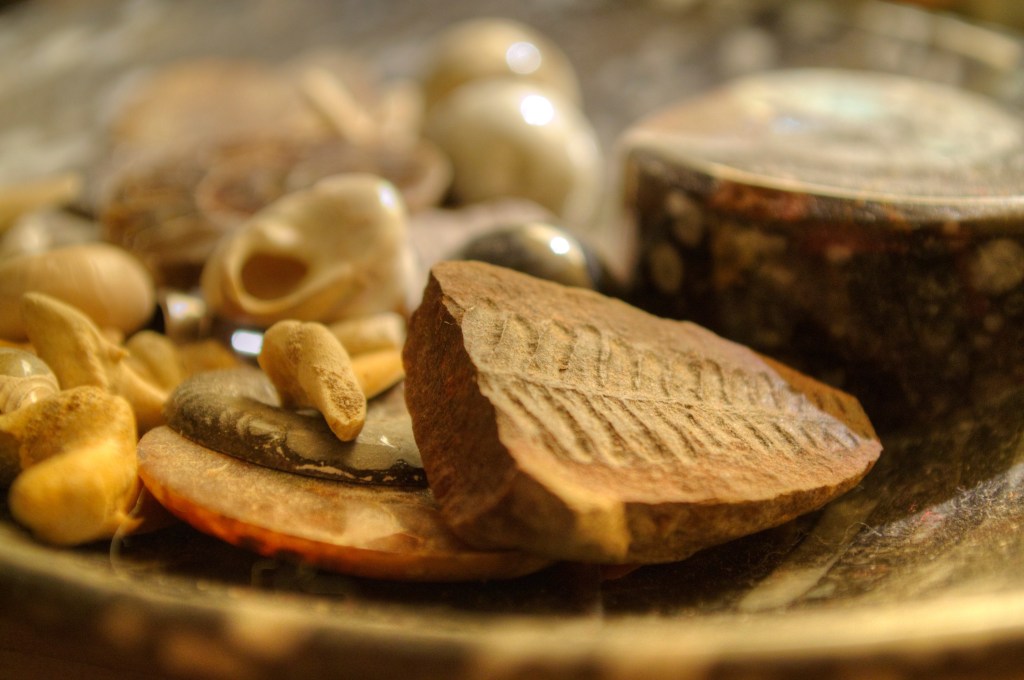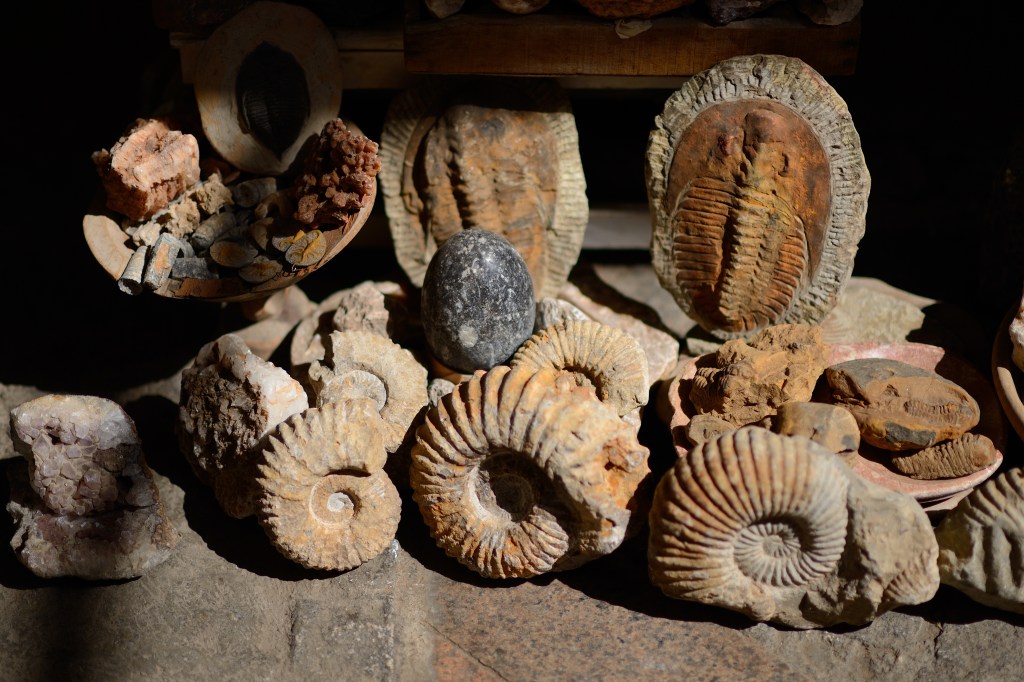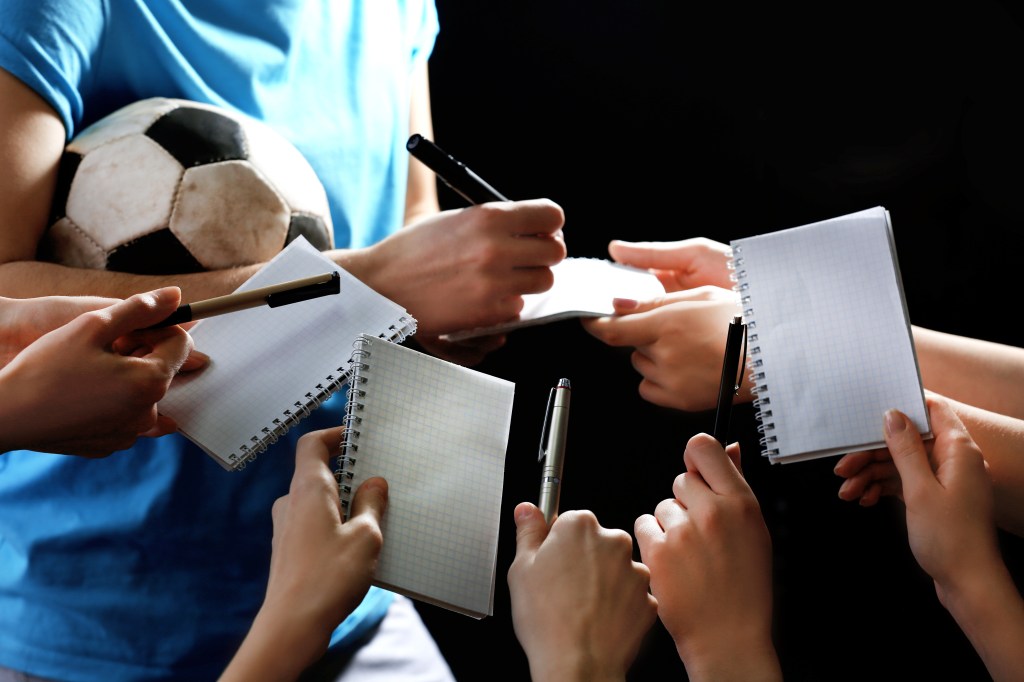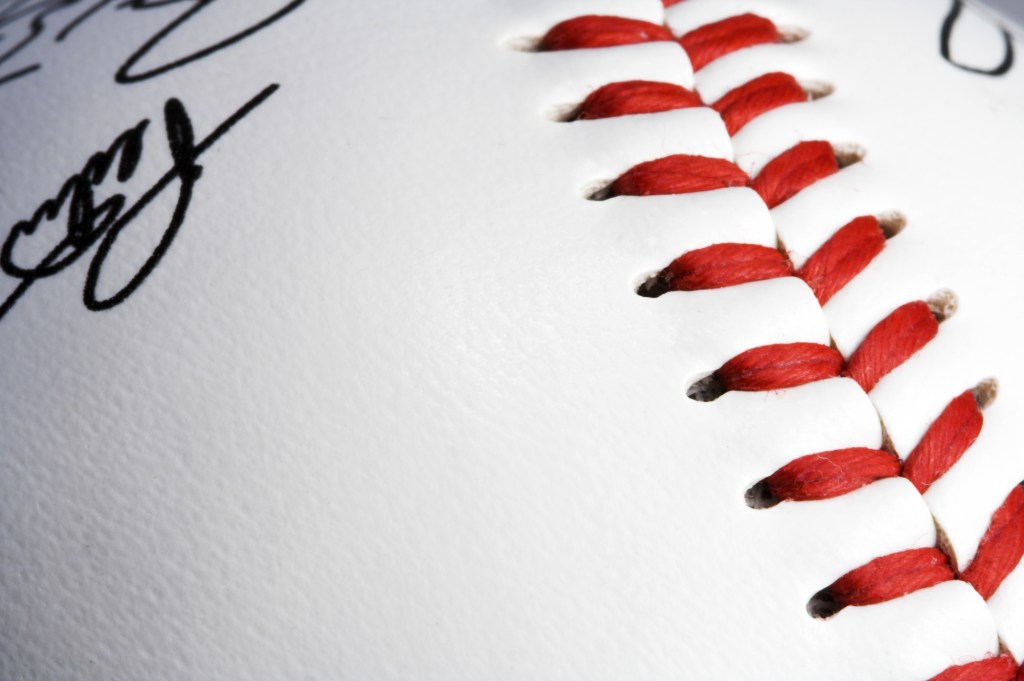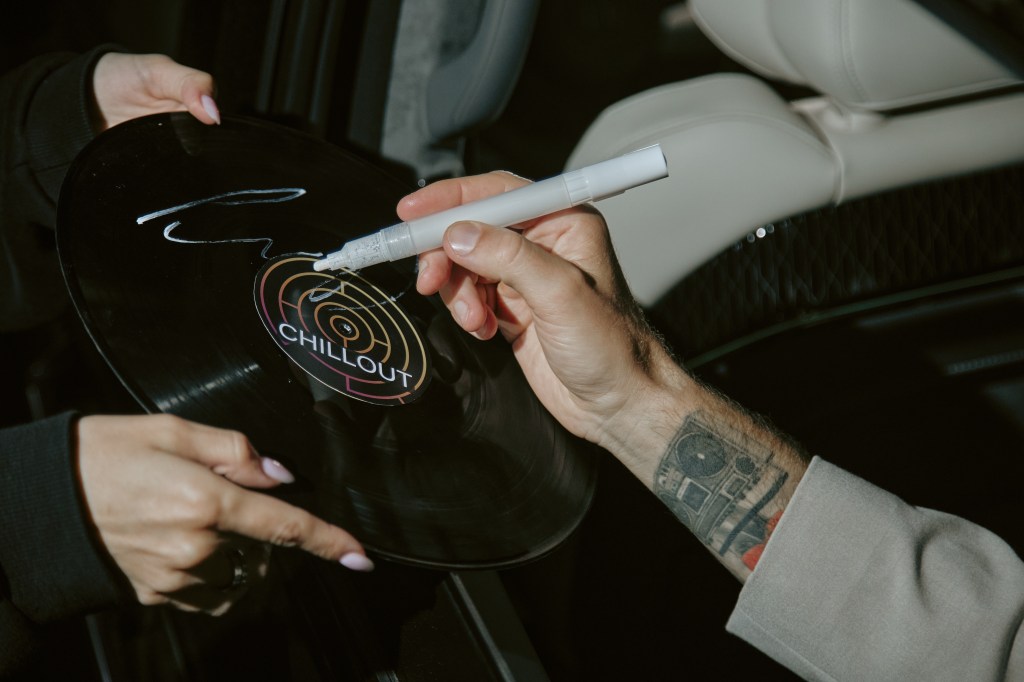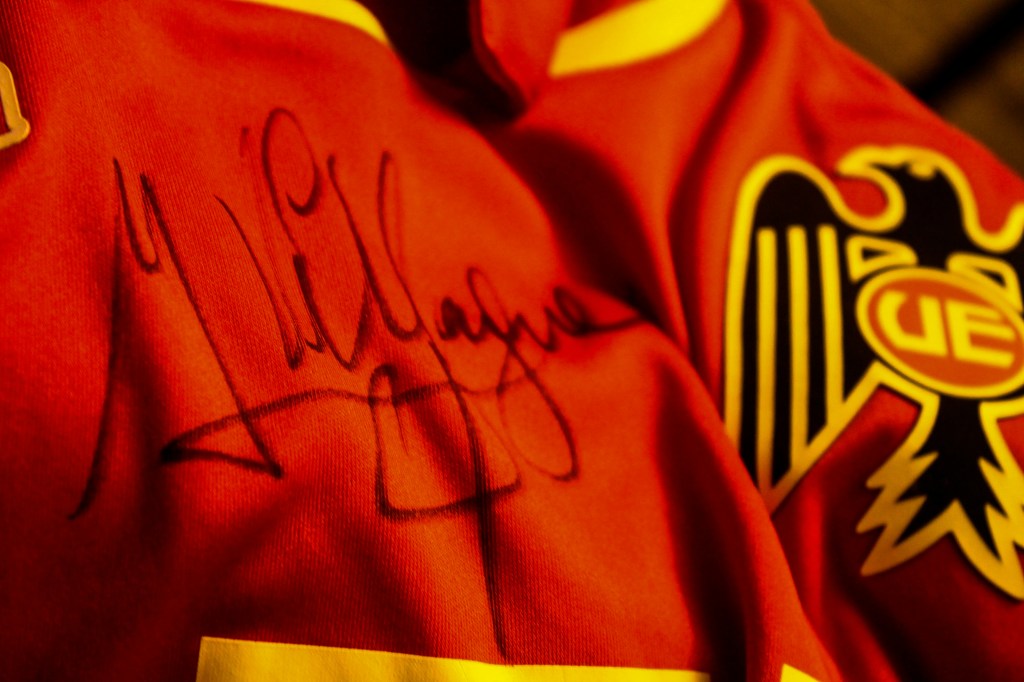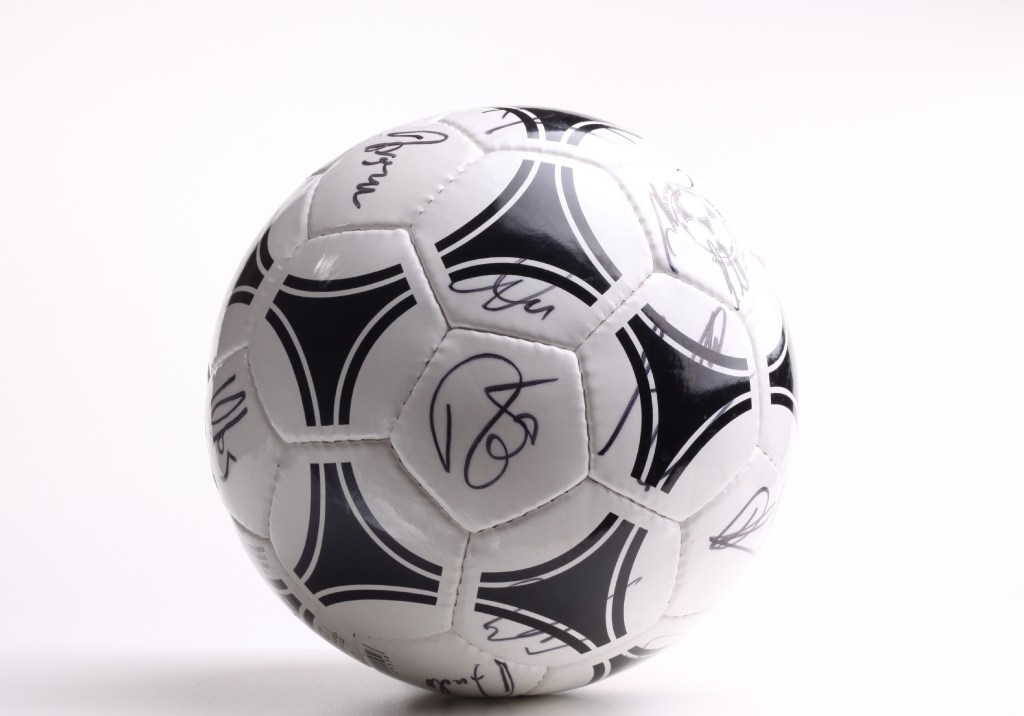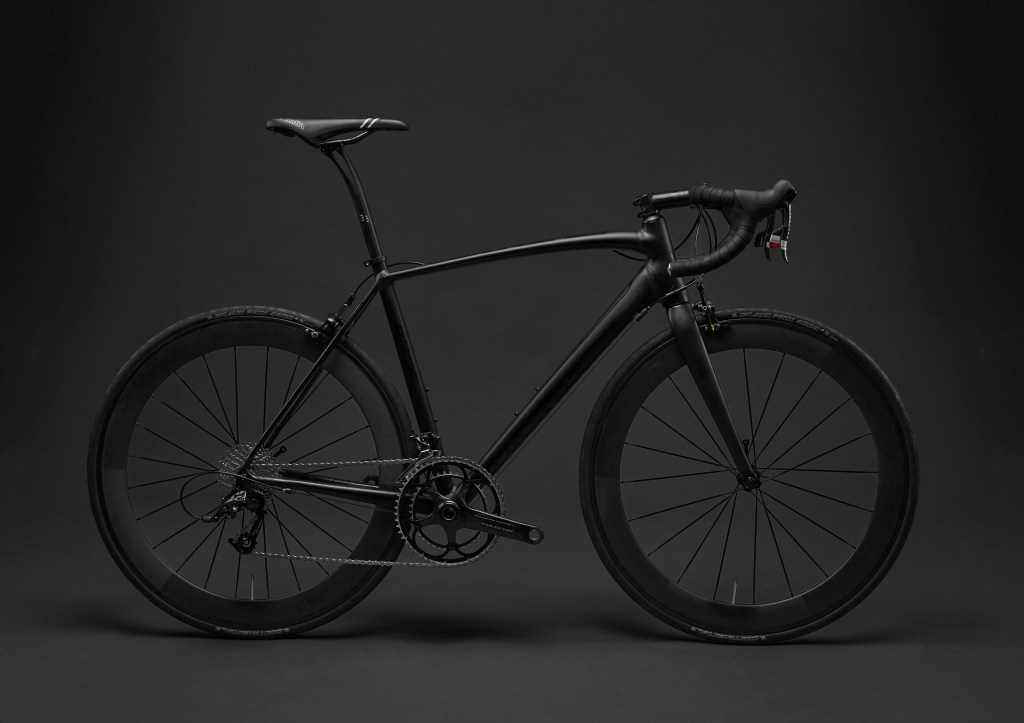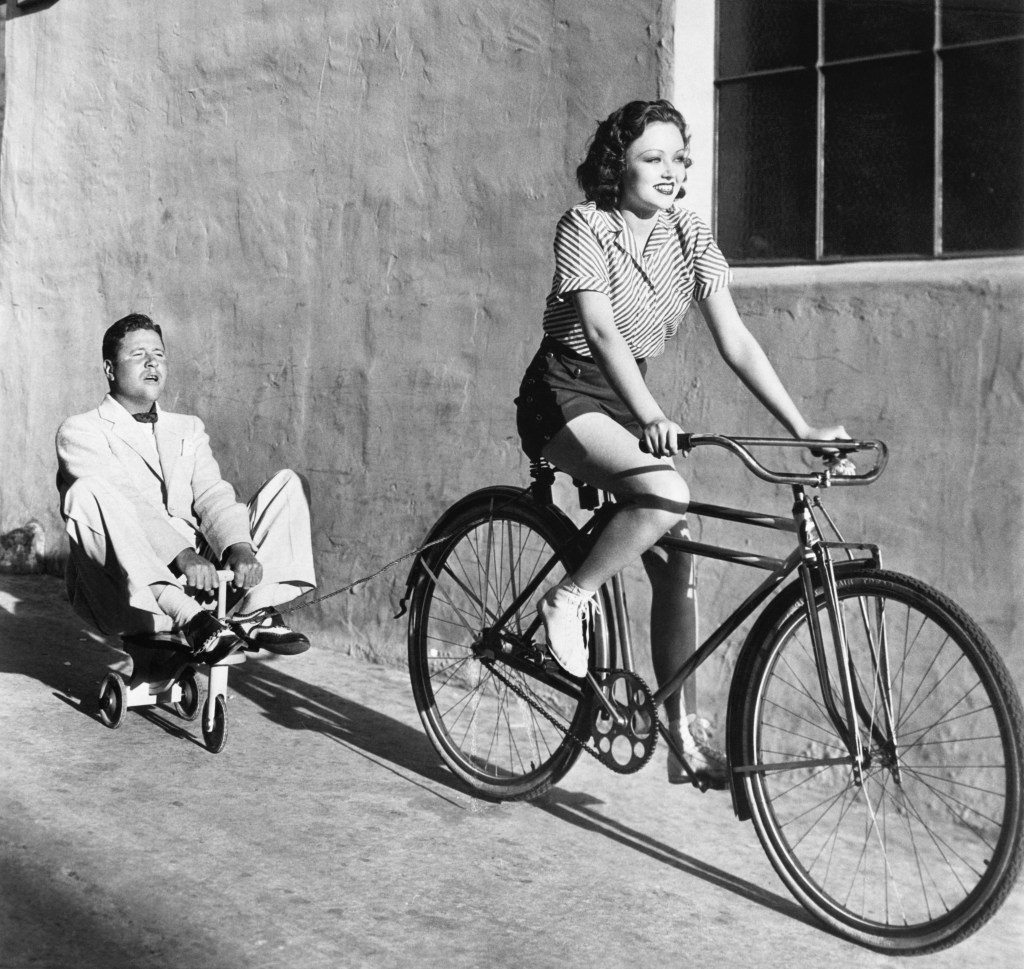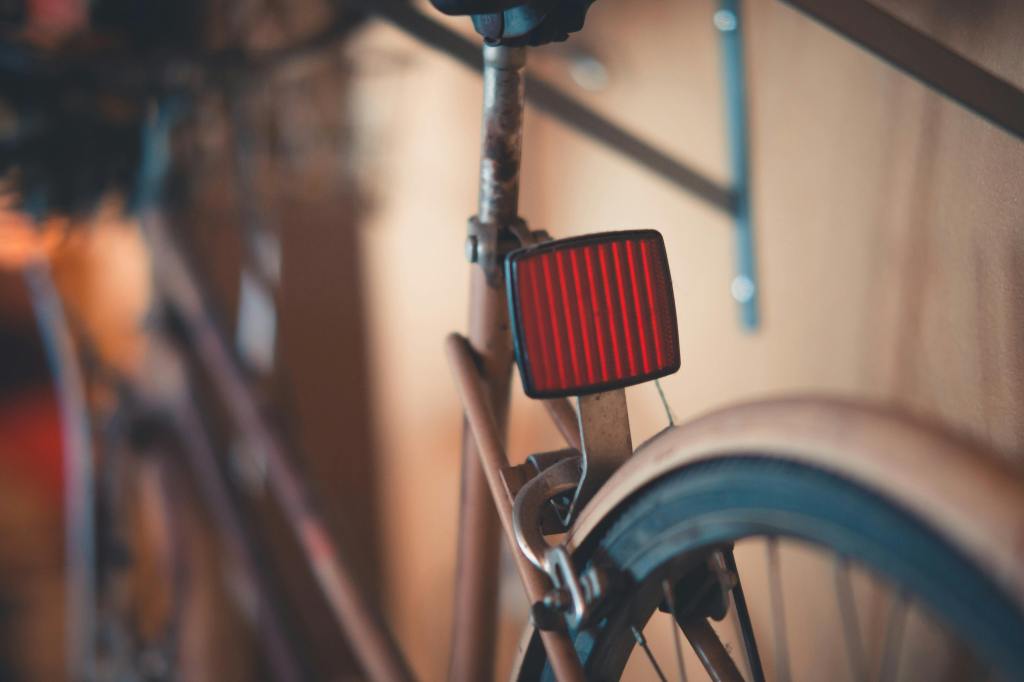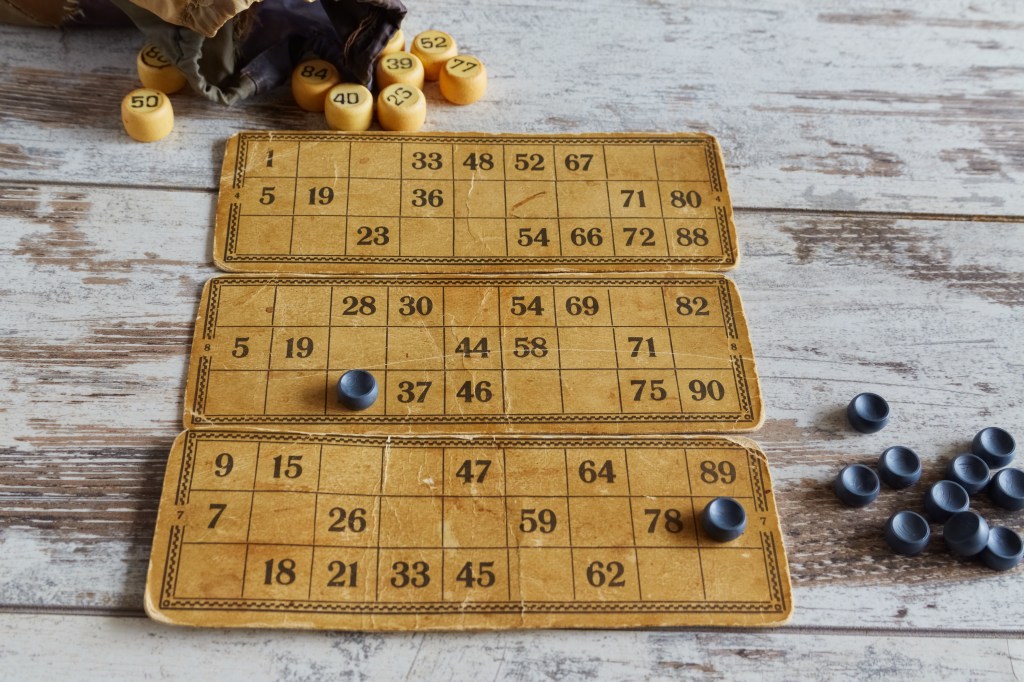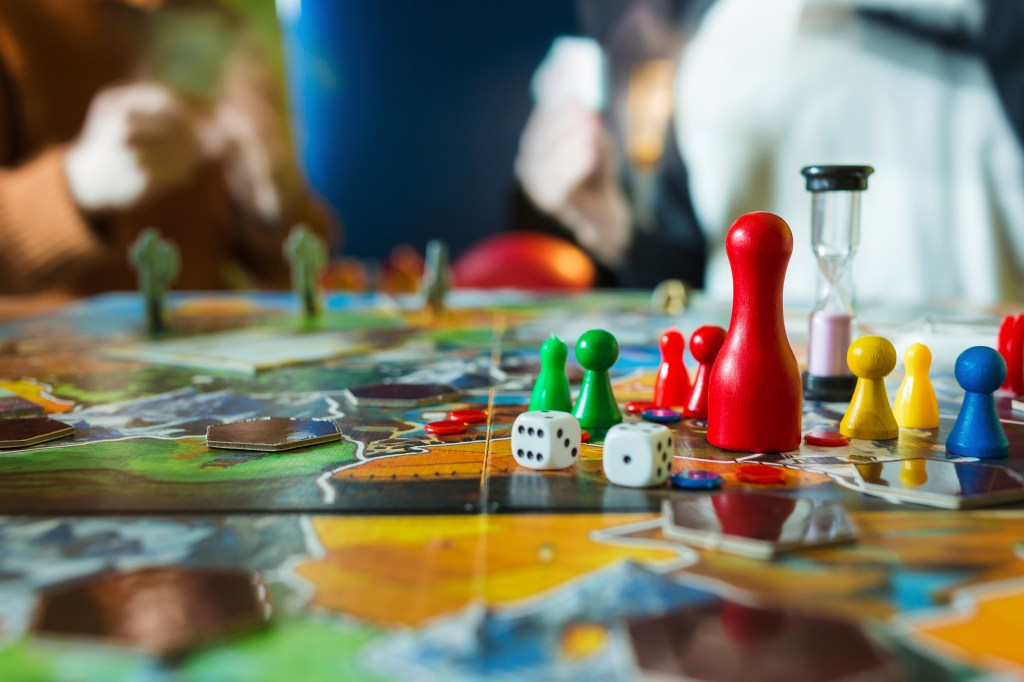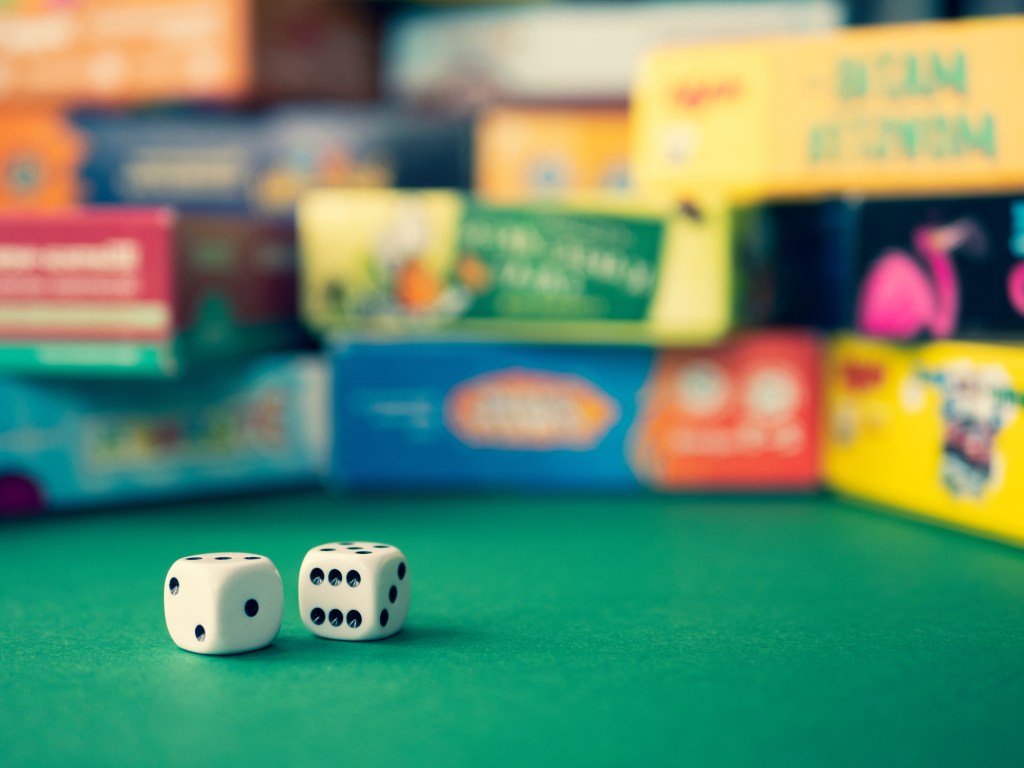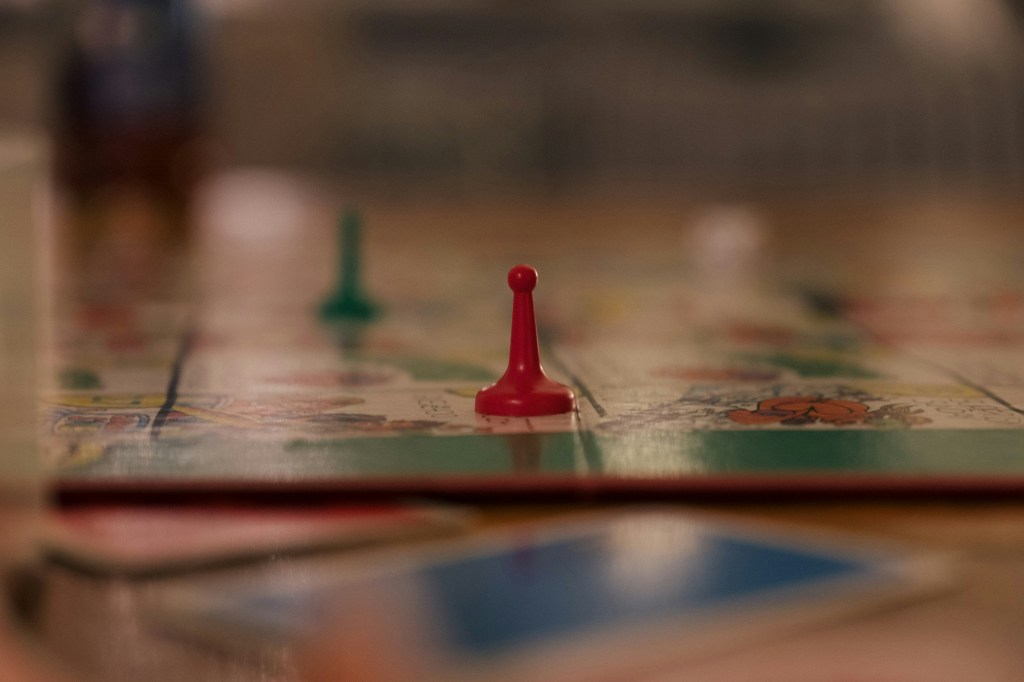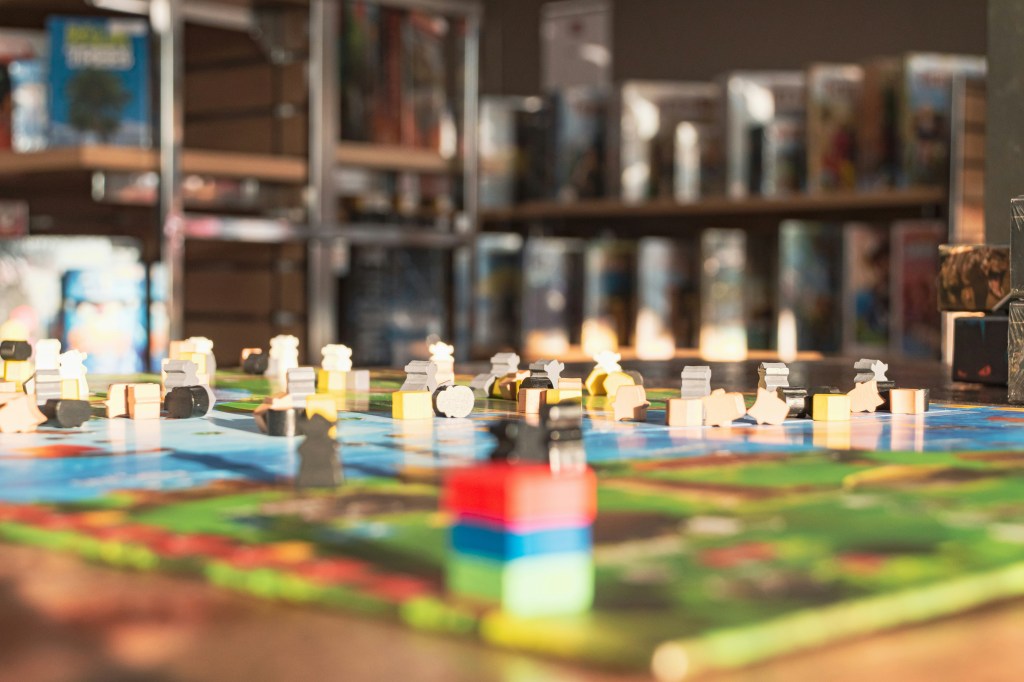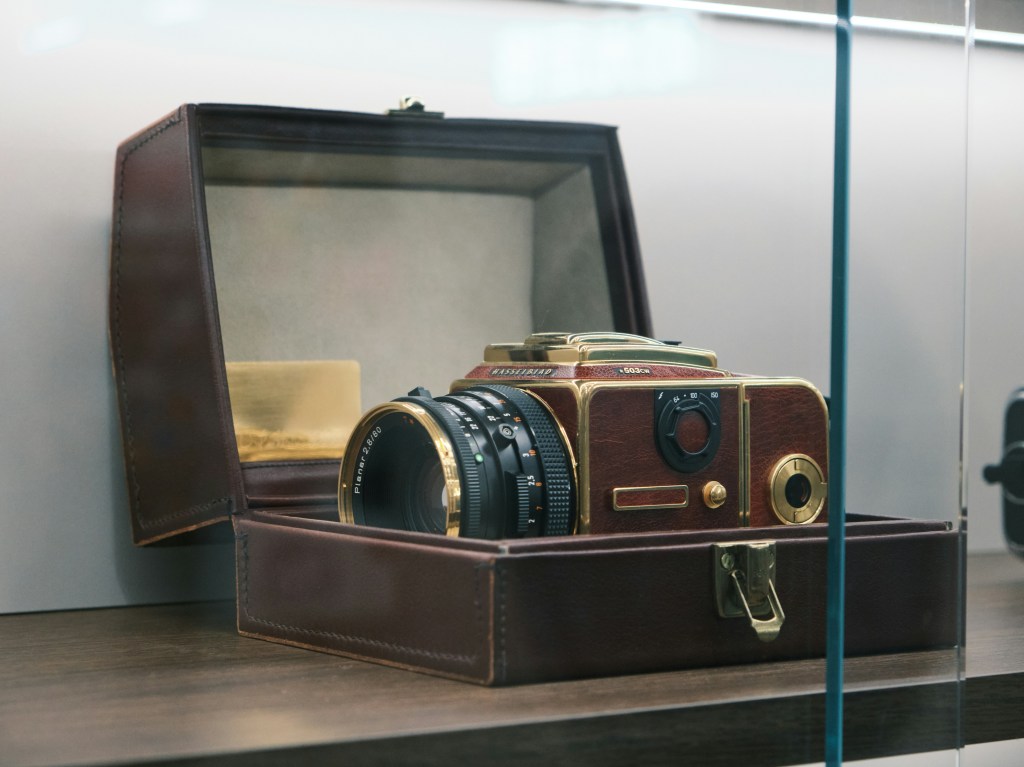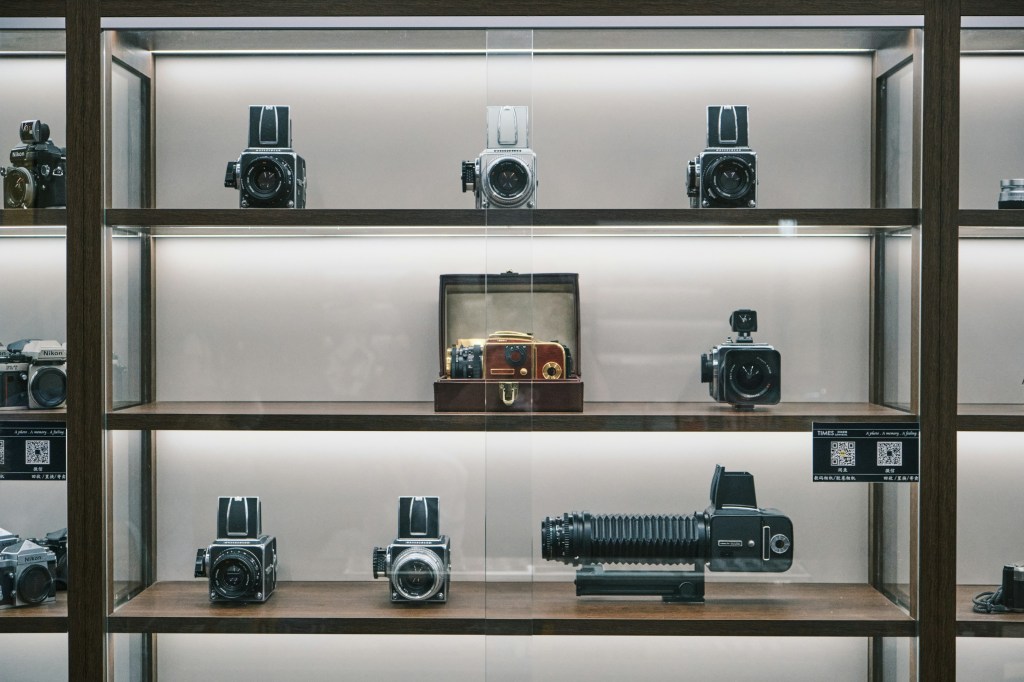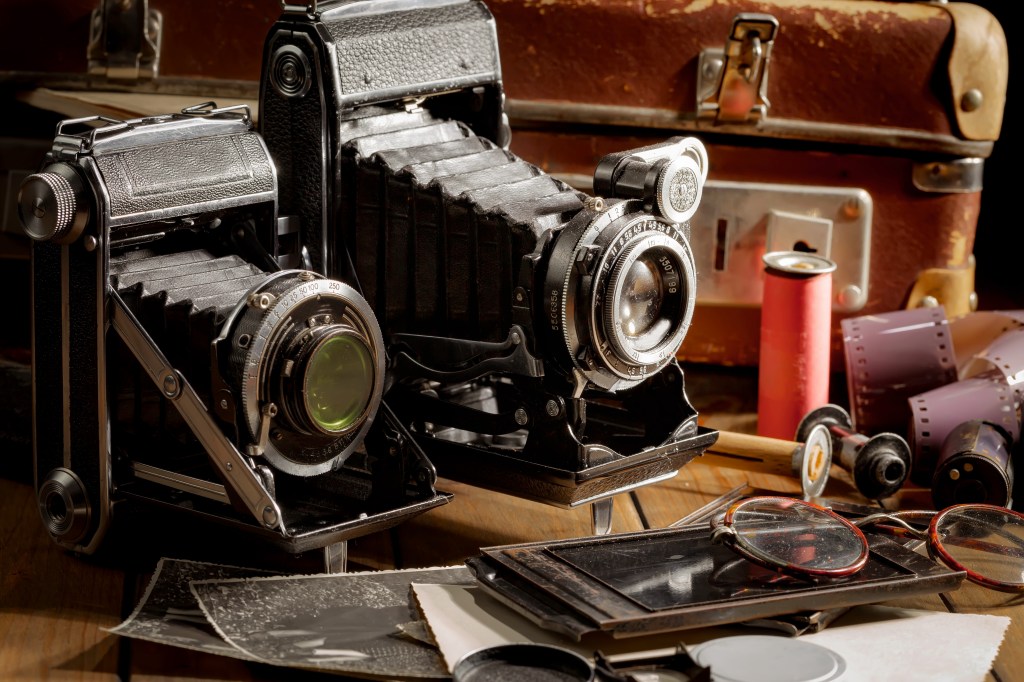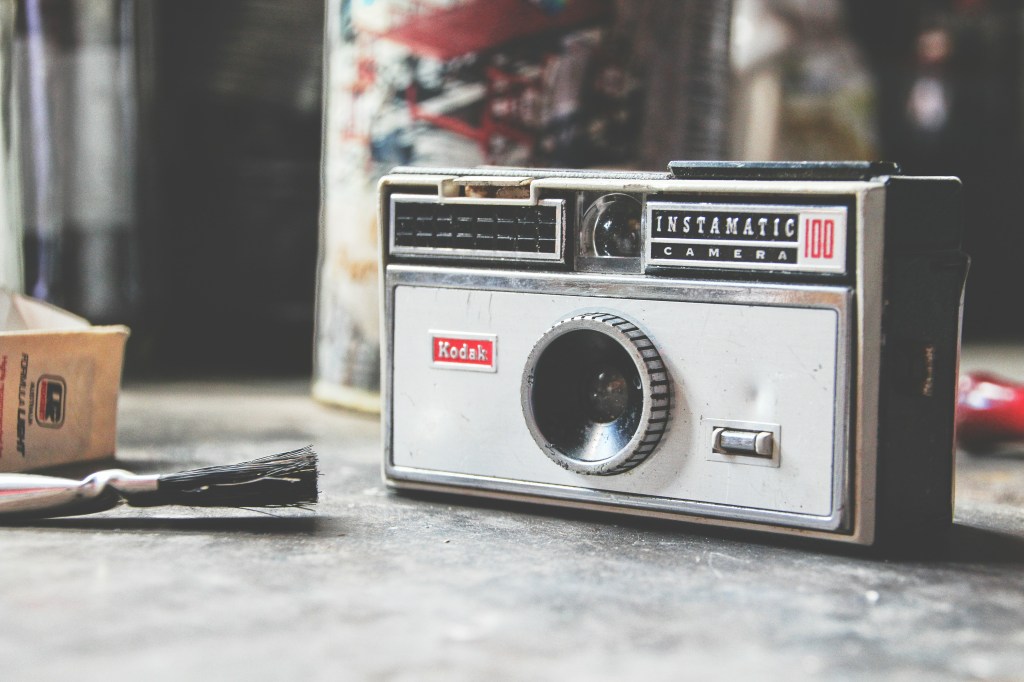Discover essential tips for collecting Elvis Presley memorabilia, including what to look for and how to avoid pitfalls. Start your collection today!
Why Elvis Presley Memorabilia Continues to Captivate Collectors
Elvis Presley remains a monumental figure in music history and pop culture. He is renowned for his unique style and electrifying performances, which continue to resonate with fans worldwide. His legacy has created a vibrant community, attracting passionate collectors and serious fans.
Whether you’re an avid enthusiast or just starting to explore the world of Elvis Presley memorabilia, understanding the nuances of this hobby is crucial. With a wealth of options ranging from classic vinyl records to iconic costumes, the collecting journey can be both exciting and rewarding.
In this detailed guide, we’ll delve into essential tips for building your collection, navigating potential pitfalls, and insuring your prized items.
Identifying Rare and Valuable Elvis Memorabilia
From personal items to limited-edition merchandise, certain Elvis pieces can be worth thousands. Learn what qualifies as rare Elvis Presley memorabilia and how to spot undervalued gems.
Rare Elvis Presley memorabilia
Items before 1977, particularly those from his early career, tend to hold the most value. Collectors often seek early records, autographs, and posters, which can command impressive prices if they are in good condition.
Elvis’ personal possessions, such as his gold phones from Graceland, iconic jumpsuits, sunglasses, instruments, and even his prescription bottles, add a unique touch to any collection.
High-value items
Certain pieces stand out among the many Elvis collectibles due to their historical significance and market desirability.
For example, the nail-studded suit he wore during his 1973-1974 tour, particularly the mirrored version, made headlines when it sold at auction in 2006 for $175,000. Other high-value items include handwritten letters and signed photos, which collectors seek after for their connection to the King of Rock and Roll.
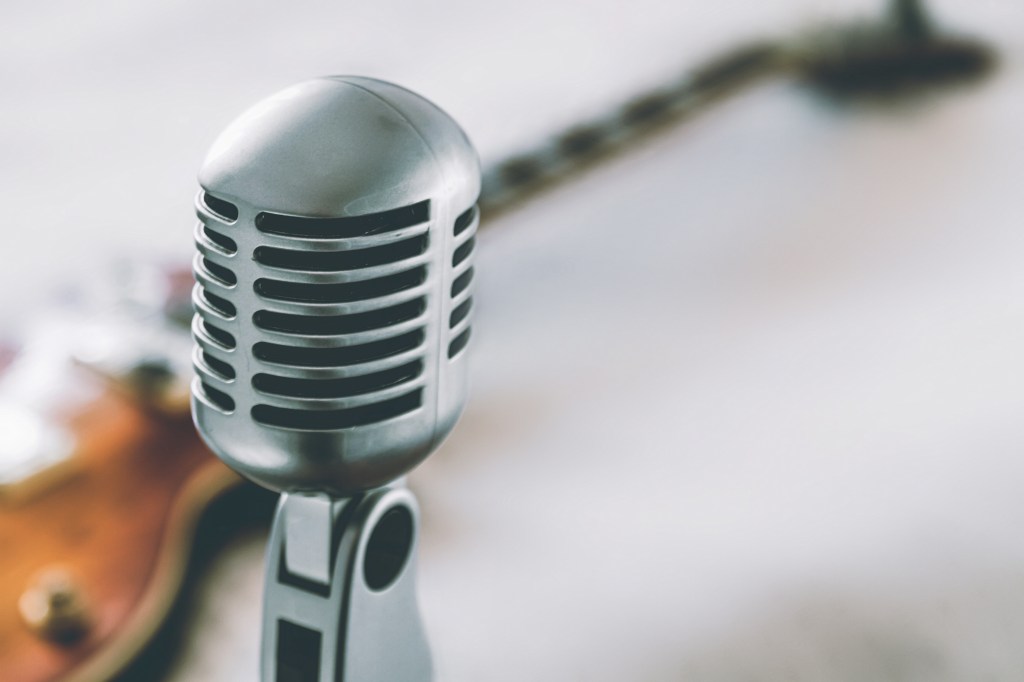
Buying vs. Inheriting: Understanding Provenance and Authenticity
Whether purchased at auction or passed down through family, the authenticity of Elvis items is crucial to their market and insurance value.
Importance of authenticity
Whether purchased at auction or passed down through family, the authenticity of Elvis items is crucial to their market and insurance value. Proper documentation and trusted dealers are essential to verifying provenance.
Buying Elvis Presley memorabilia
Authenticity checks are vital when looking for Elvis items. Items manufactured before 1977 included clothing, records, and films directly connected to Elvis.
To secure authentic items, it’s best to seek out those supported by documented proof and photographs that verify their authenticity.
For collectors, reputable auction houses and official estate sales are the safest options for shopping for Elvis Presley memorabilia. While some might consider platforms like eBay, it’s wise to remain skeptical when purchasing online. The risks of encountering counterfeit items are higher in less controlled environments.
Importance of documentation
Always prioritize documentation when acquiring memorabilia. Look for materials like a Certificate of Authenticity (COA) to substantiate the item’s legitimacy. This documentation adds value and serves as a safeguard for your collection.
Inheriting Elvis Presley memorabilia
Inheriting a collection can be a delightful experience, but ensuring you possess all necessary documentation when receiving Elvis Presley artifacts and memorabilia is essential. Always take the time to gather and organize any relevant papers that accompany the inherited items.
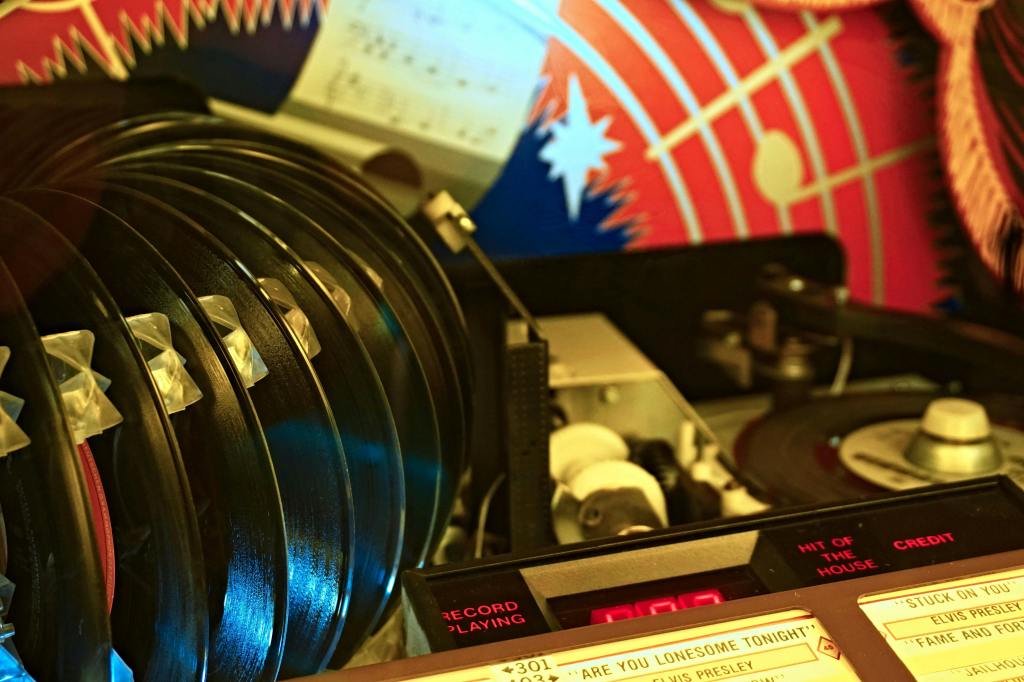
Popular Categories: From Jumpsuits to Vinyl Records
Elvis fans and collectors often specialize in certain types of memorabilia, such as concert gear, signed albums, vintage merchandise, and promotional materials.
Interested in learning about a personal collection of Elvis Presley memorabilia? Check out our interview with Glenn Johnson, known for his impressive items.
Elvis Presley memorabilia categories
Among the most passionately pursued memorabilia relates to Elvis Presley, the King of Rock ‘n’ Roll. Memorabilia ranges and appeals to different aspects of his legendary career and persona.
Concert gear
One of the most sought-after categories includes concert gear. Items such as the iconic jumpsuits he wore on stage, his stylish leather jacket, jewelry, rings, and sunglasses hold immense value for fans and collectors alike. These pieces represent Elvis’s unique style and showcase Elvis’ many eras as a performer.
Albums & instruments
Another significant category is his albums, particularly early recordings that showcase his groundbreaking impact on music. Collectors gravitate toward first editions and autographs.
Elvis’s musical instruments, such as his Gibson J-200 guitar and personal Graceland piano, are also highly prized. The Gold Leaf piano, in particular, is a coveted addition for serious collectors.
Merchandise & promotional items
Elvis was the first celebrity to brand merchandise, creating various items such as hats, wallets, pins, and more. This pioneering approach to merchandise makes vintage Elvis Presley memorabilia especially interesting. Collectors search for unique pieces that reflect his groundbreaking influence on celebrity culture.
Signed promotional items, such as movie posters, matchboxes, and records, also appeal significantly. These collectibles provide a direct connection to Elvis’s career and often come with interesting stories or history attached, making them favorites among fans.
Other unique collectibles
Additionally, some unique items may raise eyebrows but are historical. Medical records, items from Elvis’s time in Germany serving in the US Army, contracts, and handwritten letters are examples of collectibles that offer insight into the life of this iconic figure. Modern collectibles include CDs (both remastered and live recordings), DVDs, books, and photos.
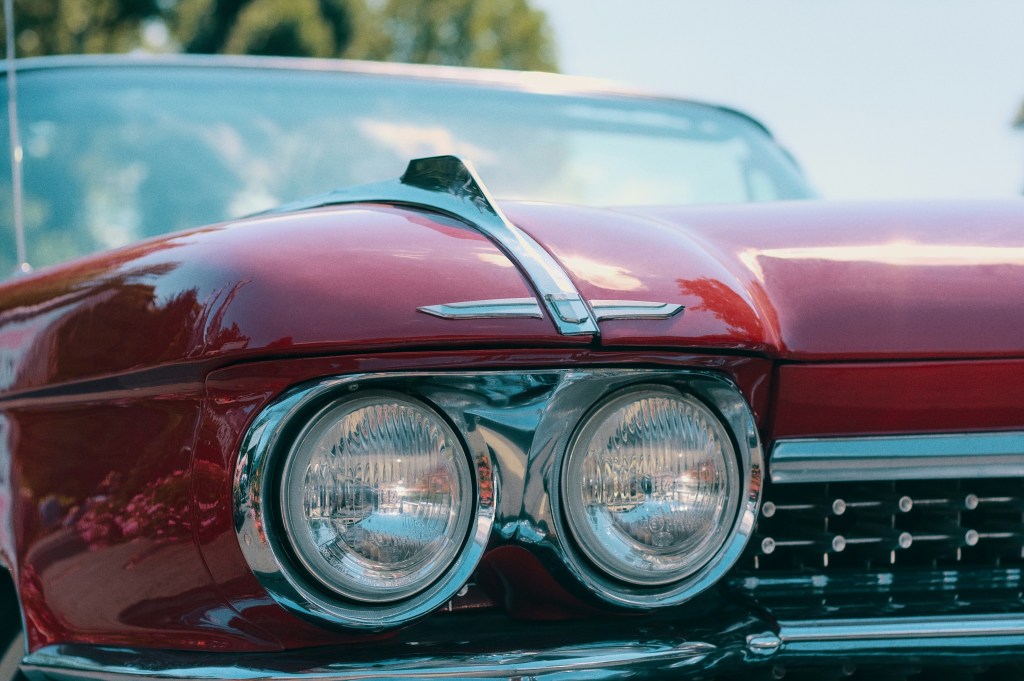
Appraising Your Elvis Collection: What Increases Value
Understanding the value of your memorabilia is essential, especially if you plan to insure your items, pass them down to future generations, or want to gauge their worth.
Importance of appraisal
Consulting a reputable appraiser can provide valuable insights for maintaining a high-value collection. Ensure they adhere to industry standards like IRS guidelines and USPAP regulations.
Be aware that there are professional fees for the appraisal process, which include research costs. Note that an appraisal assesses value but does not verify authenticity; obtain a Certificate of Authenticity from a qualified expert.
Factors influencing value
Several key factors can significantly influence the appraisal value:
- Rarity and condition: The more scarce an item is, the higher its potential value. Next is the condition of the item—an Elvis collectible in excellent condition is more valuable than one that, while rare, has suffered wear and tear.
- Cultural and historical relevance: Lastly, an item’s cultural and historical context is critical in determining its value. This includes aspects such as the period it was produced, who it belonged to or was autographed by, and its significance within iconic events.
In Elvis Presley memorabilia, items from Elvis’s life can elevate their worth tremendously.
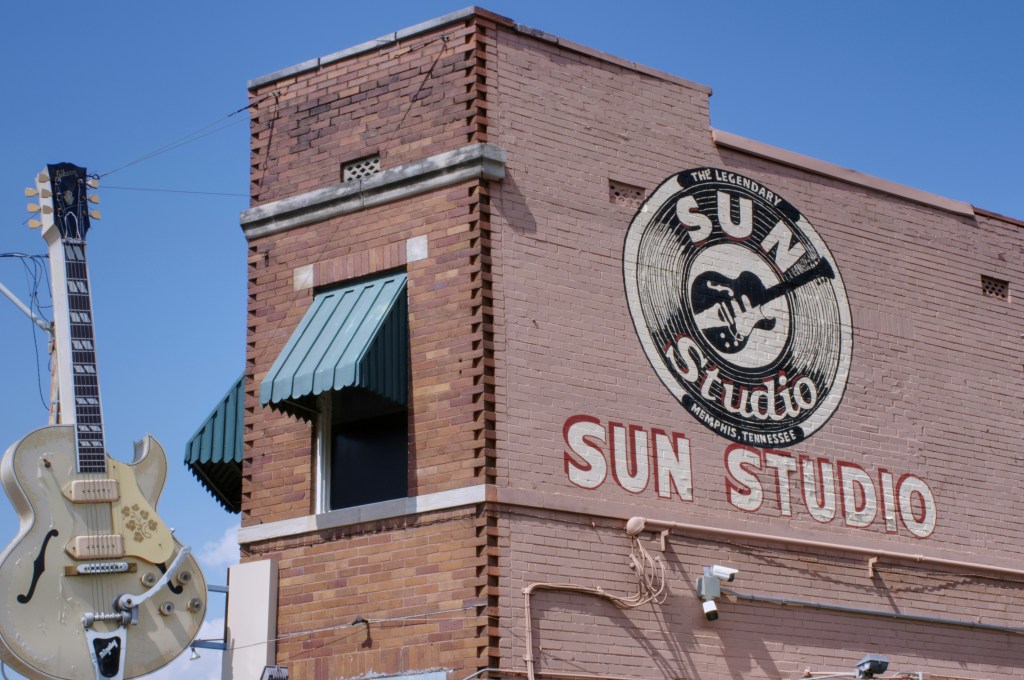
Displaying Elvis Collectibles Without Damaging Them
Properly displaying your memorabilia is crucial for maintaining its condition and value. The way you showcase and store your collectibles significantly influences their preservation.
Factors that degrade memorabilia
Several external factors can degrade memorabilia over time, adversely affecting its appearance and longevity. UV light, dust, and poor framing are among the top culprits that can lead to irreversible damage.
Display tips for preservation
To help preserve your memorabilia, consider implementing the following display tips:
- UV-blocking solutions: Invest in UV-blocking frames or display cases to shield your items from harmful UV rays, which can fade and damage them over time.
- Regular maintenance: Dust your collectibles regularly. Accumulated dust can cause long-term damage.
- Professional framing: For delicate or valuable items, like photos, tickets, prints, and autographs, consider professional framing services that use museum-quality/conservation-grade materials.
Choosing the right environment
Avoid areas that experience extreme temperature and humidity fluctuations, such as basements and attics. These conditions can lead to mold growth or cause items to dry out and crack. Instead, opt for a cool, dry space away from direct sunlight to maintain optimal conditions for your collectibles.
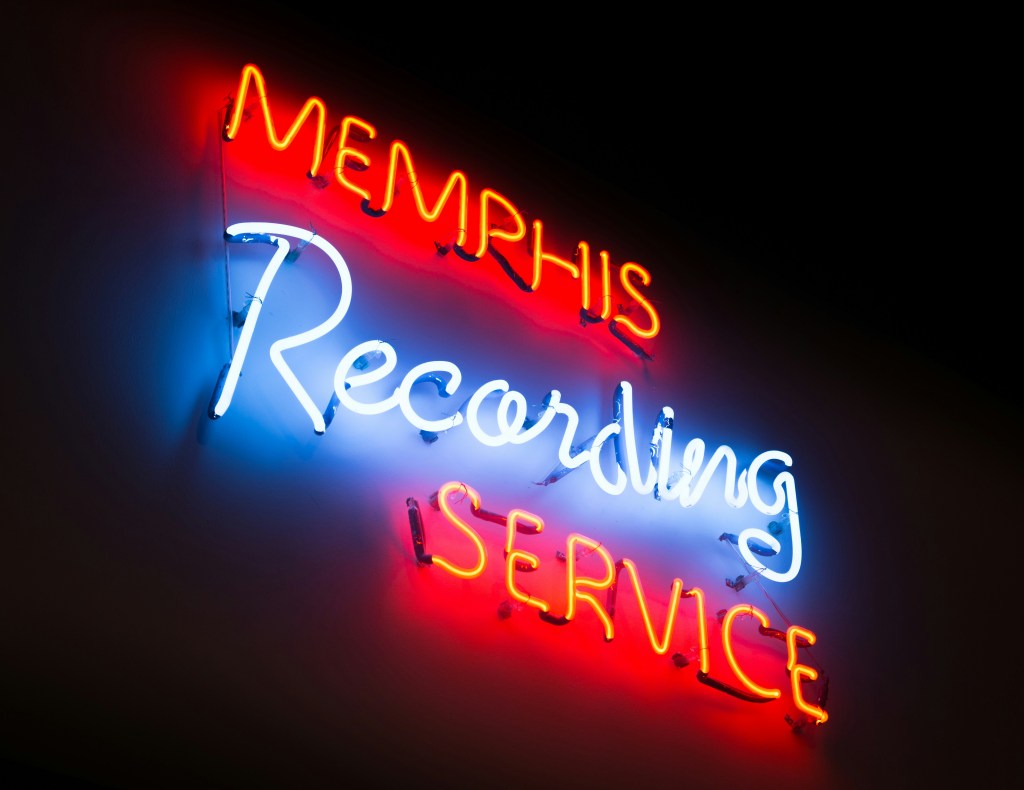
Selling Elvis Memorabilia: Tips for Getting Top Dollar
If you’re planning to sell, learn how to prepare your items, choose the right platform, and time your sale to coincide with anniversaries, film releases, or major Elvis events.
Preparing your items for sale
If you’re planning to sell your Elvis Presley memorabilia, the first step is to prepare your items properly. Gather any necessary documents that can establish authenticity and enhance the value of your collectibles. Certificates of Authenticity (COAs) and appraisal letters are great examples of such documentation. Having these in hand not only boosts the appeal of your items but also reassures potential buyers of their legitimacy.
Choosing the right platform
Choose the right platform to sell your pieces, such as eBay, auction houses, private sales, or dealers. Research to find the best fit. Always take high-quality photos, provide detailed descriptions, and respond promptly. Be transparent about shipping costs and relevant details.
Timing your sale
Many sellers choose to align their sales with notable events, such as film releases, anniversaries, or major milestones related to Elvis Presley, including his birthday or death anniversary. Strategically timing your sale can increase visibility and interest in your memorabilia, leading to better sales opportunities.
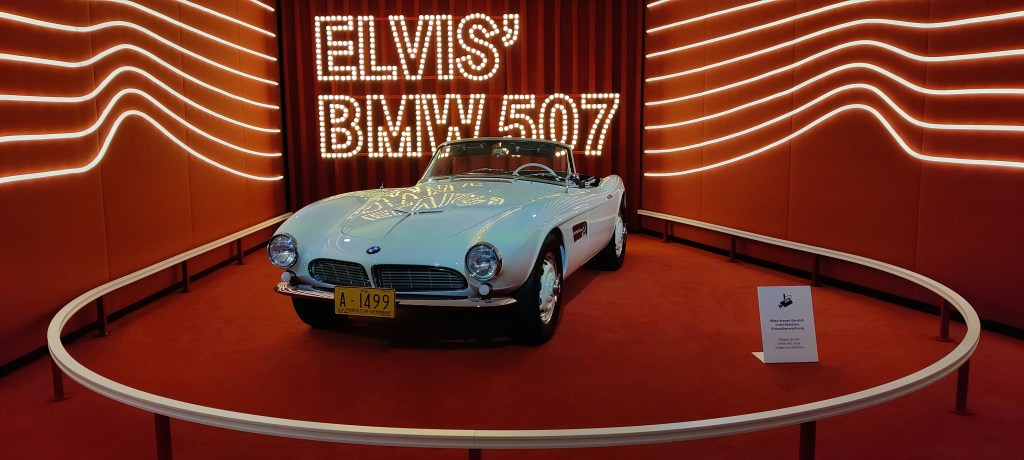
The Role of Graceland and Other Cultural Influences
Graceland-related memorabilia and items tied to landmark moments, such as “Aloha from Hawaii,” often carry additional historical and emotional weight for buyers. Collecting these items is not just about owning a piece of history; it’s also about connecting with the legacy of one of music’s greatest icons, Elvis Presley.
Exploring Graceland
Located in Memphis, Tennessee, it’s a cultural landmark, a museum, and a tourist destination for fans from around the country and the world. Previous items in the home include his gold rotary phone, gold exercise bike, and the Graceland Piano, all of which were sold at auction. Each item represents a facet of Elvis’s life and influence on popular culture.
A living tribute
The exhibits showcase his contributions to music and entertainment, reflecting how he shaped cultural influences that continue to resonate today. Elvis Presley Boulevard and the surrounding areas are a pilgrimage for those who admire the artist, making it a significant site for fans and collectors.
Insuring Elvis Memorabilia: Protecting Priceless Collectibles
Elvis memorabilia is often irreplaceable, yet many collections are underinsured or uninsured. Insuring these collectibles protects them against theft, fire, damage, and transit issues, especially autographs, clothing, and other unique items with sentimental and financial value.
Why insurance matters
Your collection of Elvis memorabilia is significant emotionally and financially. It’s concerning that many collectors may not realize they are underinsured or, worse, not insured at all.
Standard homeowners’ insurance policies often fail to provide the comprehensive coverage necessary to safeguard your investment. Therefore, it is wise to consider a tailored collectibles insurance policy to ensure your precious items are adequately protected.
Importance of collectibles insurance
At Collectibles Insurance Services, we provide comprehensive coverage for your prized possessions. Our policies cover a wide range of risks, including fire, theft, accidental damage, and even shipping and transit issues.
Interested in learning more about us? Check out our website!
Creating a Legacy: Curating a Collection That Lasts Generations
Collecting Elvis Presley memorabilia is a journey into a rich cultural narrative that showcases the King of Rock ‘n’ Roll’s lasting impact on music. Each item, from vintage records to autographed photos, tells a unique story. Proper care, documentation, and insurance are essential for preserving your collection’s value and significance, ensuring that Elvis’s legacy endures for future generations to appreciate.
Sources
https://www.elvisinfonet.com/reference_sellingcollection.html
https://autographia.com/the-best-elvis-presley-memorabilia-a-collectors-guide-to-treasures/?srsltid=AfmBOop_16dvUQJXd8agvEzlViWFOW0MQex1JK6QyvNL7kRjnIPVZG66
https://nodepression.com/journal-excerpt-inside-the-world-of-elvis-presley-memorabilia-collectors/
https://www.moneymagpie.com/make-money/make-money-collecting-elvis-presley-memorabilia-3
https://www.foxbusiness.com/entertainment/elvis-presley-collector-reveals-why-king-more-valuable-45-years
http://www.elvis-history-blog.com/elvis_blog.html
https://www.paulfrasercollectibles.com/blogs/memorabilia/top-5-elvis-presleys-most-fascinating-memorabilia?srsltid=AfmBOoqK2C5WK8SrMk26JpXEKV4kcdDT_SXXx9iRZdo0ikGjnKW3tC5l
https://collectinsure.com/2022/05/27/this-incredible-elvis-collection-is-glenn-johnsons-retirement-plan/
https://repeatreplay.com/most-valuable-elvis-memorabilia/#

